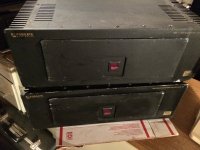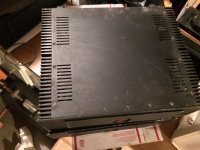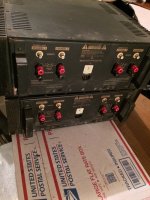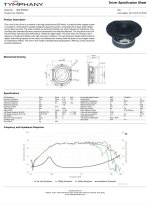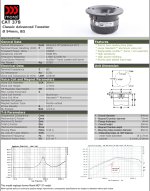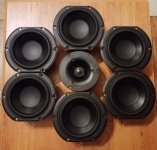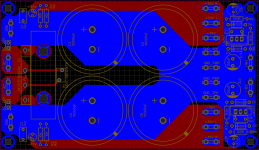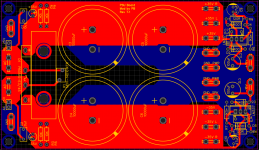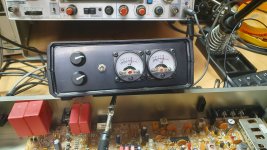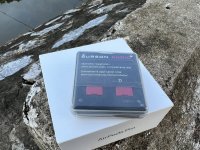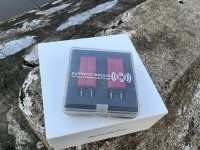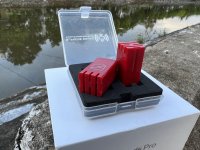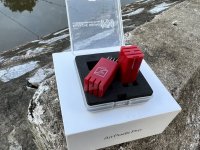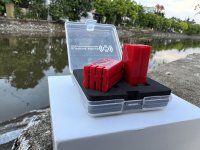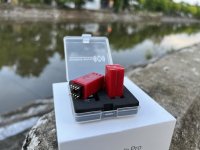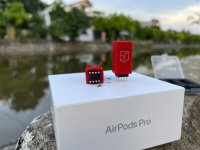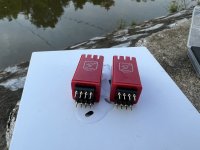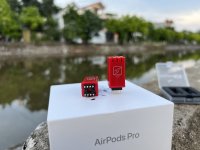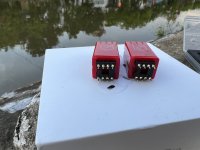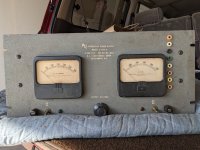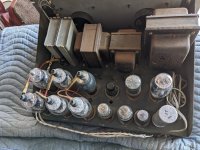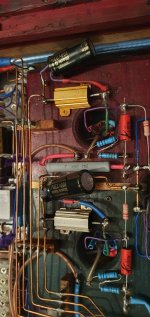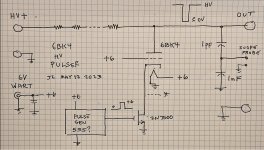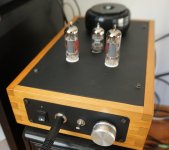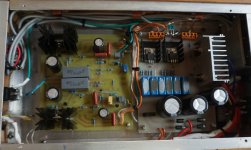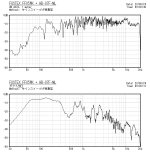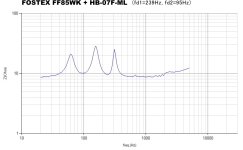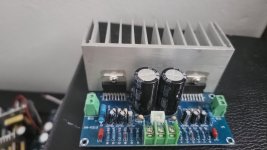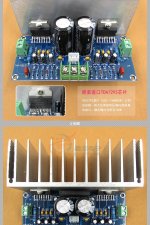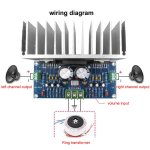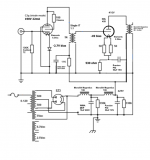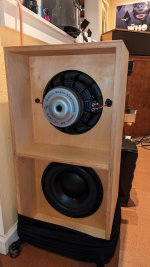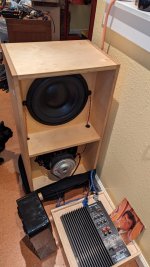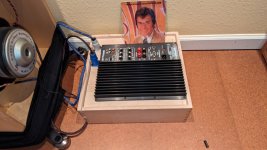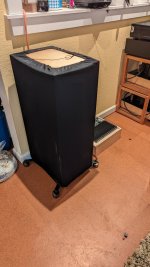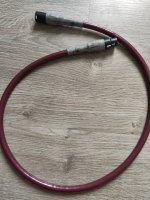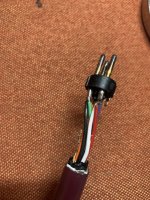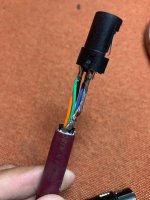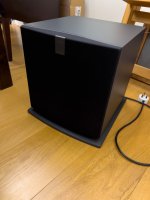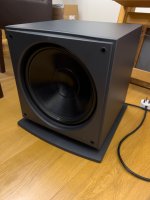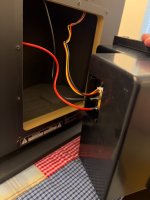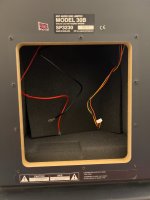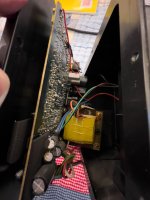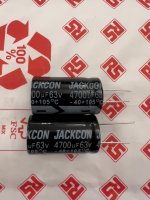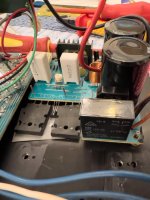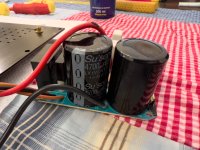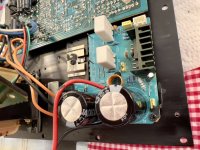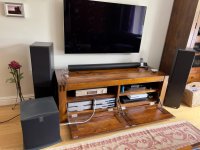Hi,
I've completed a few modifications to my Pass Labs. INT-250 and thought I would share what's been achieved.
First, the monolithic regulators on the INT_8_MB_R1 Pre-amp board.
These are New Japan Radio Co., Ltd. parts and have lower output noise levels than regulators from other vendors. Ripple rejection is also listed from the vendor datasheets:
| U1 | JRC 7905A | -5V | 100uV | 60dB |
| U2 | JRC 7815A | +15V | 90uV | 70dB |
| U3 | JRC 7915A | -15V | 170uV | 67dB |
| U8 | JRC 7805A | +5V | 45uV | 78dB |
Now things have moved on since the original design with vastly improved discrete alternatives available from
SparkoS Labs., Inc.
Parts and specifications listed below:
| U1 | SparkoS Labs. SS79XX 796.8 custom -6.8v | -6.8V | 3.5uV | -125dB |
| U2 | SparkoS Labs. SS78XX 7815 | +15V | 6uV | -125dB |
| U3 | SparkoS Labs. SS79XX 7915 | -15V | 6uV | -125dB |
| U8 | SparkoS Labs. SS78XX 786.8 custom +6.8v | +6.8V | 3.5uV | -125dB |
There are some differences in the way the two vendors conduct their measurements. Even taking that into consideration, the discrete parts offer significantly improved performance, also for load regulation.
I won't get into superlatives, but this offers a serious improvement and I'd always felt the INT-250 was capable of yanking a much higher level of performance out of a set of speakers. To me, music is about emotion and you can really feel it.
I've seen comparison elsewhere between high-end integrated (Diablo 300 The Gryphon) and the INT-250 where the defining difference was listed as low/mid bass, dynamics and micro-details.
I'd say these are exactly the areas that improved. It's no small improvement either and I'd recommend anyone that owns one of the Pass integrateds (likely also pre-amp's) and is so inclined to try the modification.
I think the step-up is due to a combination of pure regulator performance and also the increased reservoir from the integrated 10uF tantalum polymer output capacitor.
Note: I've listed the recommended SparkoS regulator parts. You can use (but it's not recommended) the SS7805 as a drop in replacement for the JRC 7805A (Pass use a red LED as a low noise method to increase the regulator output by its forward voltage); however it is not possible to use a SS7905 for the JRC 7905A -5v regulator.
Furthermore, the LED must be removed and the GND connection shorted to ground for the 796.8/786.8 discrete parts, no dramas for an enthusiast.
Some images:
U1 (I also added the heatsink for U1) & U3
Next, dealing with the rather resonant steel top cover.
This was done with Monacor MDM-830 bituminous felt, it's around 4mm thick and perfect for the job:
The other mod is more aesthetic, a bit of cable dressing:
fabricated from 2mm dry carbon sheet
